How To Propagate Alocasia – Tips On Alocasia Plant Propagation
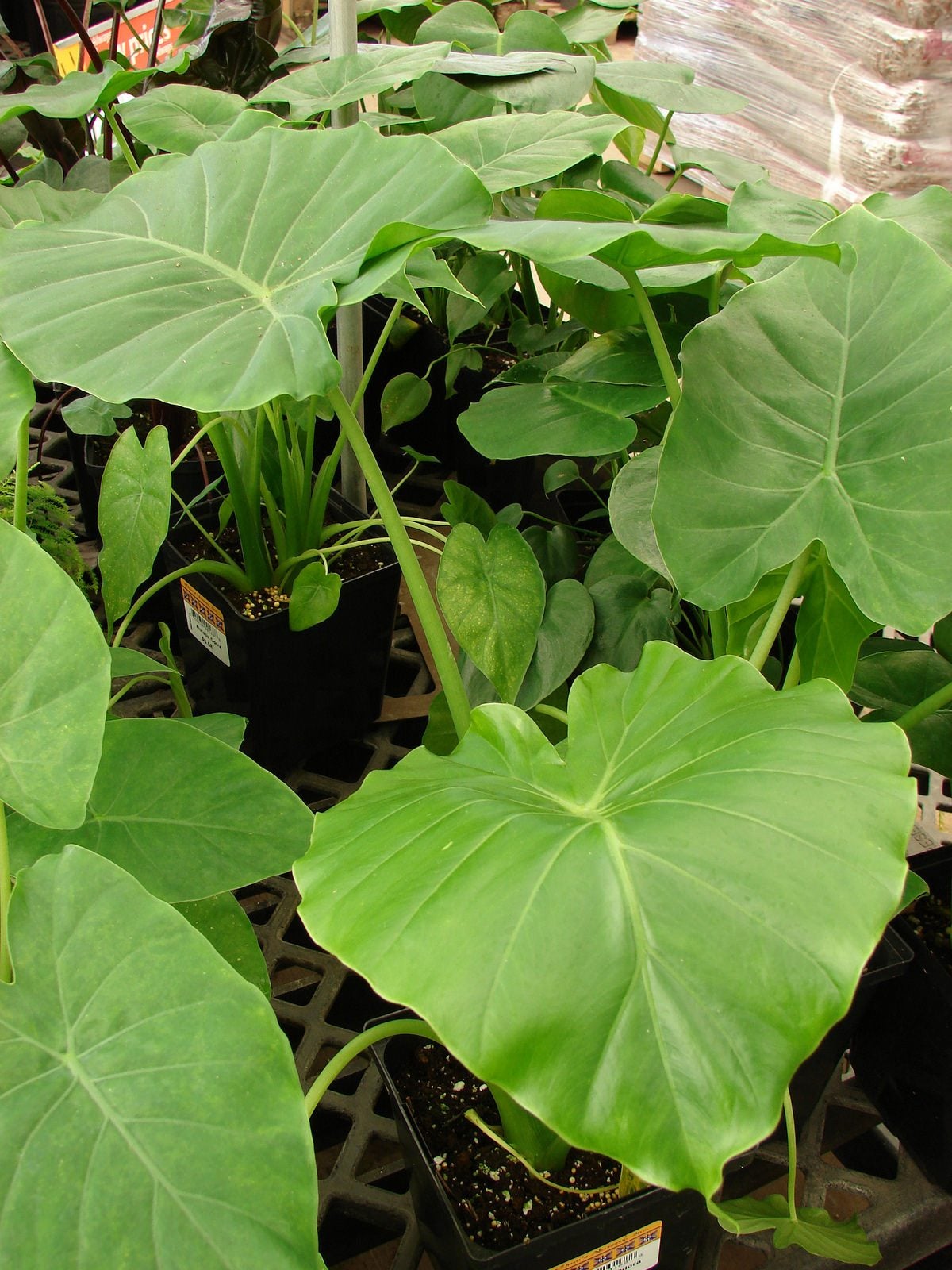

Alocasia, also called elephant’s ear, is a prolific and striking plant hardy in USDA zones 8b through 11. It requires very little maintenance once it gets going and it can grow to impressive size, making it ideal for an attention-grabbing spot in the garden or a pot. How do you go about propagating alocasia plants? Keep reading to learn more about alocasia propagation methods and how to propagate alocasia.
How to Propagate Alocasia Plants
Alocasia grows from rhizomes in the ground, and the best method of alocasia plant propagation involves splitting up these rhizomes. Propagation of alocasia should be done in spring or early summer, when the plant is just coming out of dormancy from the winter. With a shovel, carefully dig around the plant and lift it out of the ground. Dig at least 12 inches (31 cm.) around the plant to avoid damaging the roots or the rhizomes themselves. Gently lift the plant out of the soil-- there should be many long tubers just underneath the ground (those growing in containers can be gently pushed from the plant). Brush the soil away and carefully divide the tubers-- each of these will grow into a new plant of its own.
Tips on Alocasia Plant Propagation
The next step in alocasia plant propagation is to plant the rhizomes in a new spot. Choose somewhere that has rich, damp, loamy soil and receives partial shade. Don’t plant them any closer than 36 inches (91 cm.) away from each other. Dig a hole just deep enough that the tuber can be placed in it at the depth it was before. Give the new plant plenty of water, and before long you should start seeing new growth. If you’re propagating alocasia plants in containers, make sure to keep them somewhere warm and humid and to give them plenty of water.
Gardening tips, videos, info and more delivered right to your inbox!
Sign up for the Gardening Know How newsletter today and receive a free copy of our e-book "How to Grow Delicious Tomatoes".

The only child of a horticulturist and an English teacher, Liz Baessler was destined to become a gardening editor. She has been with Gardening Know how since 2015, and a Senior Editor since 2020. She holds a BA in English from Brandeis University and an MA in English from the University of Geneva, Switzerland. After years of gardening in containers and community garden plots, she finally has a backyard of her own, which she is systematically filling with vegetables and flowers.
-
 Types Of Tomatoes Explained: Explore The Many Wonderful Shapes, Colors, Flavors, & Best Uses
Types Of Tomatoes Explained: Explore The Many Wonderful Shapes, Colors, Flavors, & Best UsesThe world of tomato varieties is vast and fascinating. Learn about the key types to grow in your garden, tailored to your preferences and space.
By Amy Grant
-
 Try The Trend – Turn Any Bed Into A Keyhole Garden With This Clever In-Ground Composter
Try The Trend – Turn Any Bed Into A Keyhole Garden With This Clever In-Ground ComposterKeyhole gardening is an efficient and sustainable practice that saves space. Get started on this DIY project quickly and easily with an in-ground composter.
By Bonnie L. Grant
-
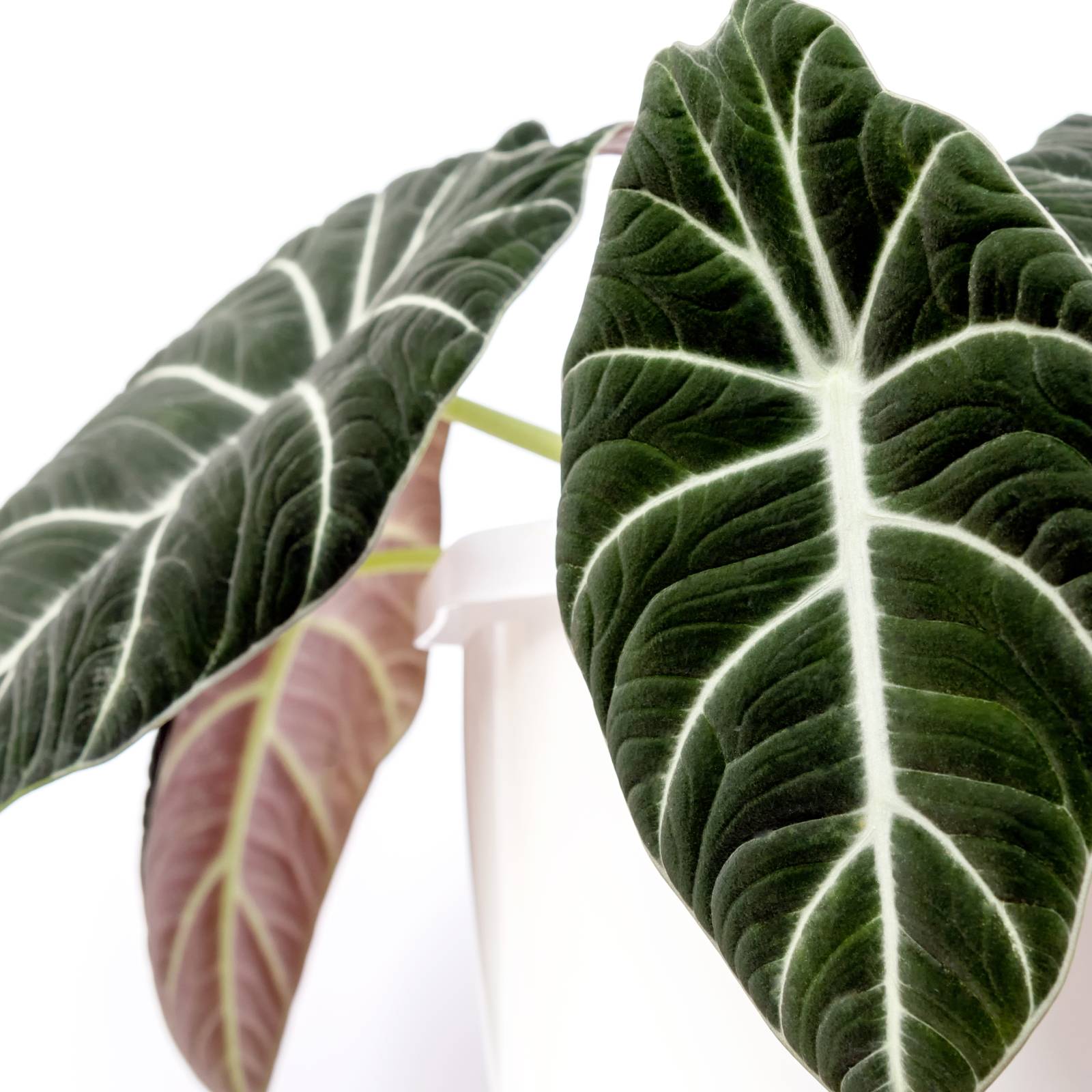 Try These 8 Unique And Fancy Alocasia Plant Varieties For Jungle Drama
Try These 8 Unique And Fancy Alocasia Plant Varieties For Jungle DramaFancy alocasia plants can dress up your garden or interior spaces with dramatic, large leaves of different colors and textures. Enjoy growing this unique plant.
By Tonya Barnett
-
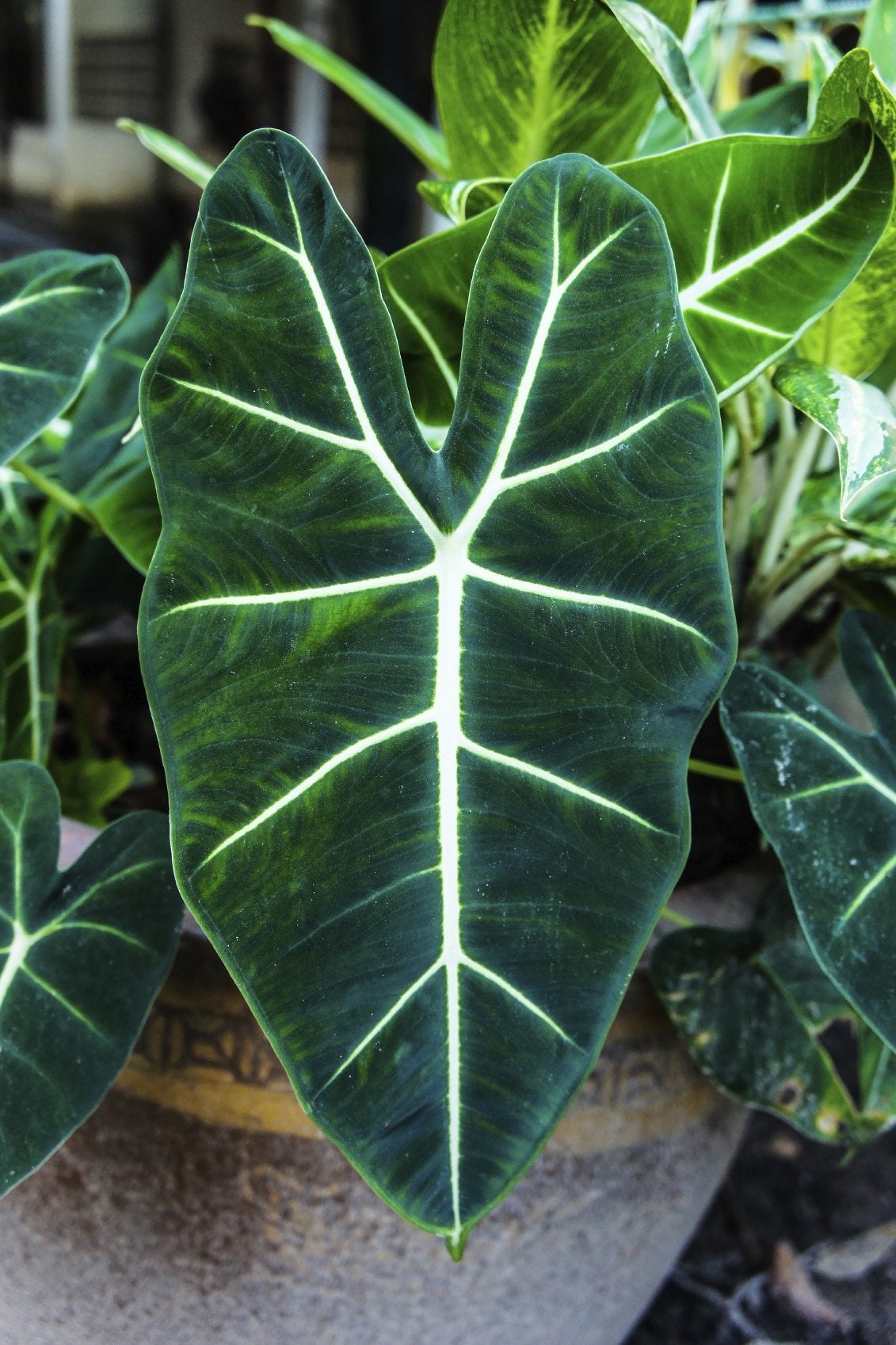 Feeding Alocasias: Tips On Fertilizing Alocasia Plants
Feeding Alocasias: Tips On Fertilizing Alocasia PlantsRegardless of how you grow them, fertilizing alocasia plants is essential to their healthy growth. You can learn about alocasia plant feeding and when to fertilize alocasia in the article that follows. Simply click here for more information.
By Liz Baessler
-
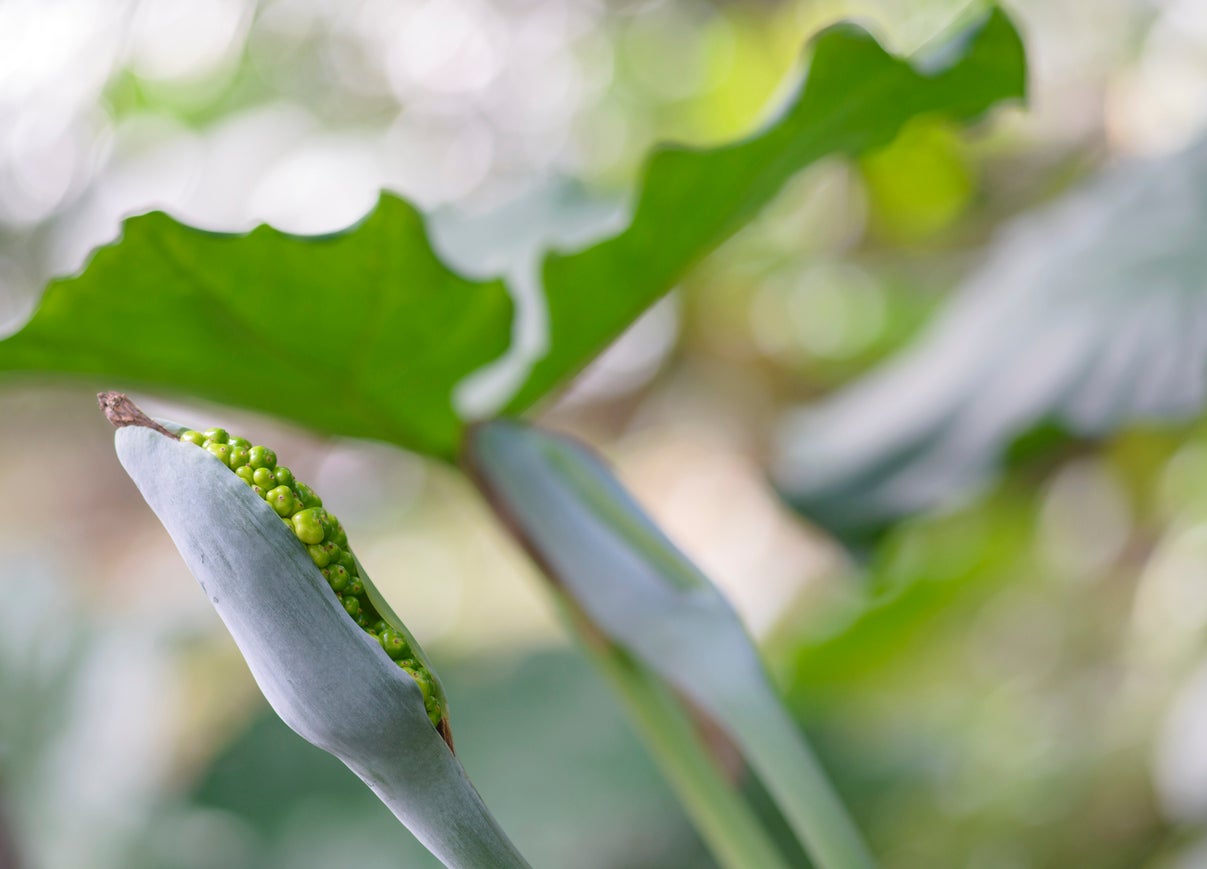 Seed Pods On Elephant Ear Plants: Do Alocasia Elephant Ears Have Seeds
Seed Pods On Elephant Ear Plants: Do Alocasia Elephant Ears Have SeedsDo Alocasia elephant ears have seeds? They do, but elephant ear flower seeds are only viable a short time, so if you want to plant them, harvest the pods and use them as soon as possible. This article will help with what to do.
By Bonnie L. Grant
-
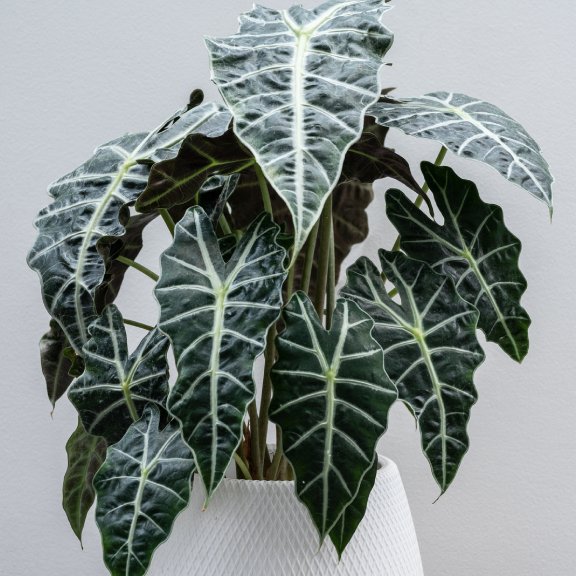 African Mask Plant Care Guide
African Mask Plant Care GuideThe exotic African mask plant, also called Alocasia amazonica, loves a moist tropical environment whether it’s outside or in a pot indoors.
By Mary Ellen Ellis